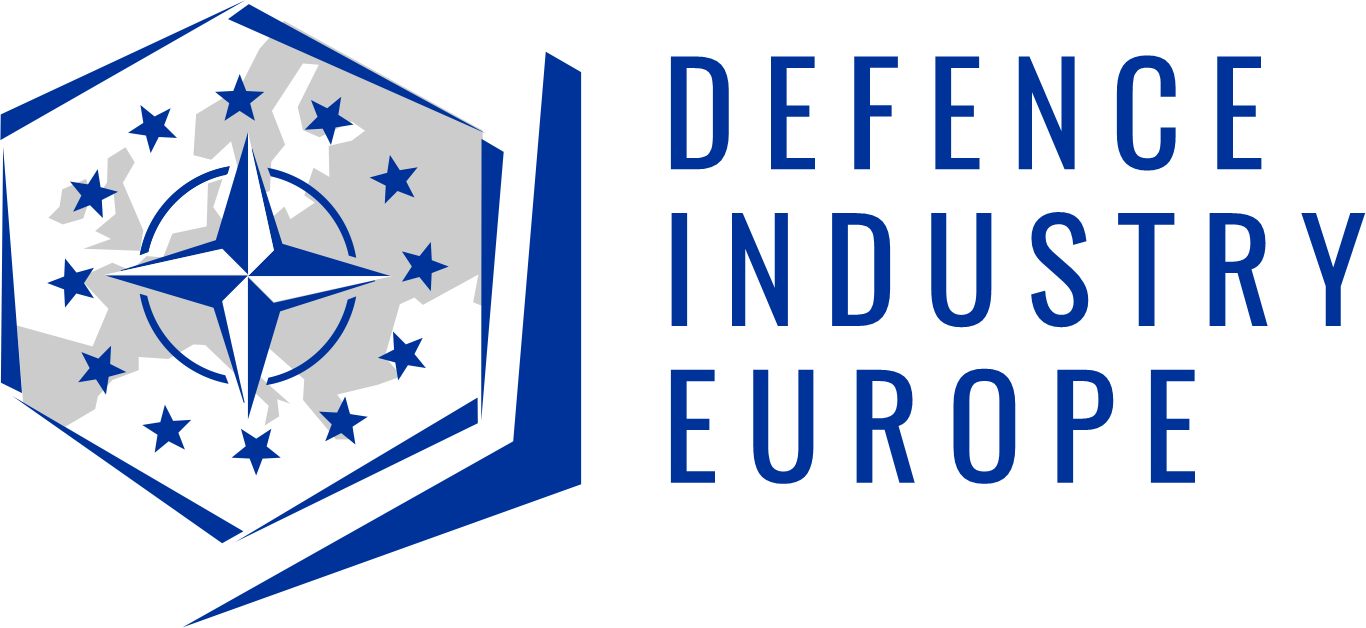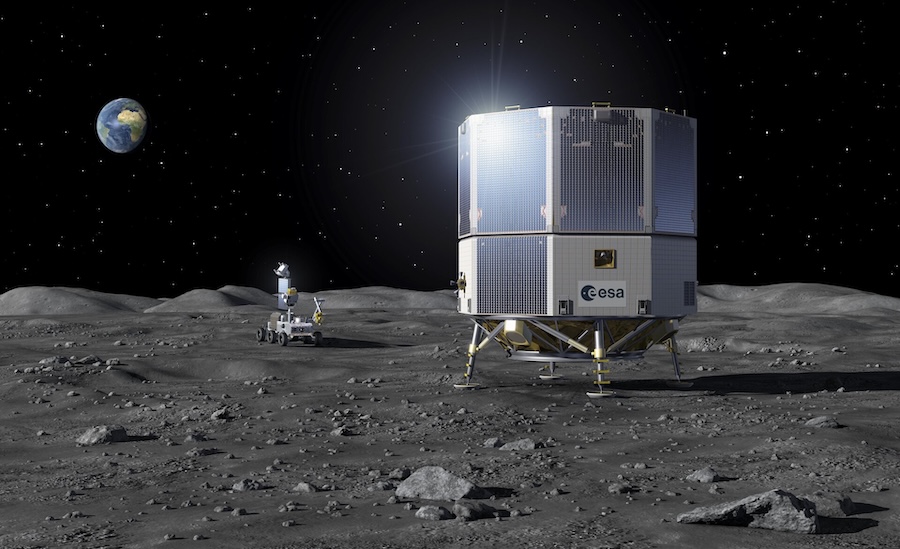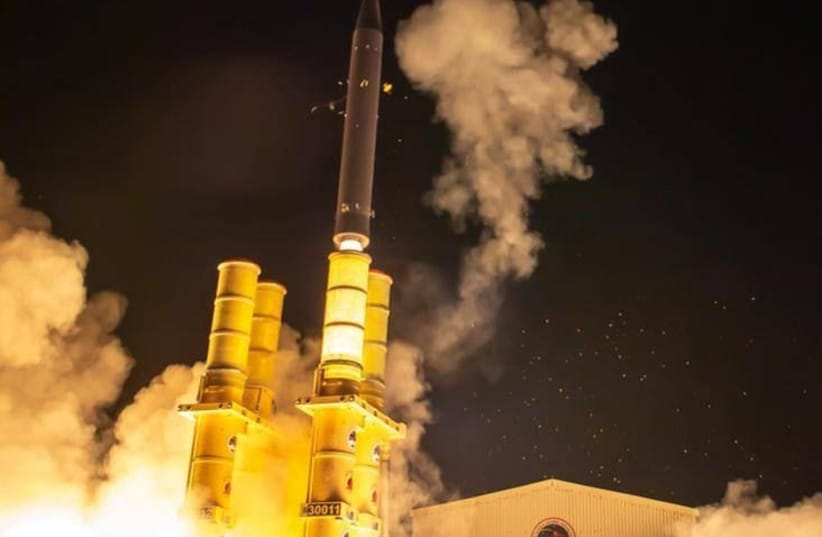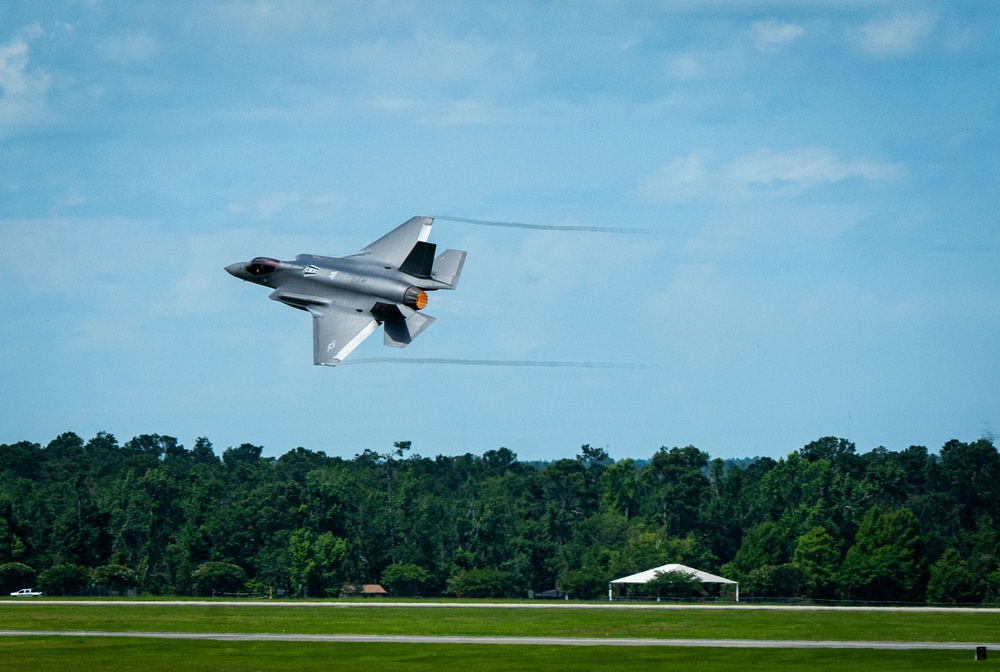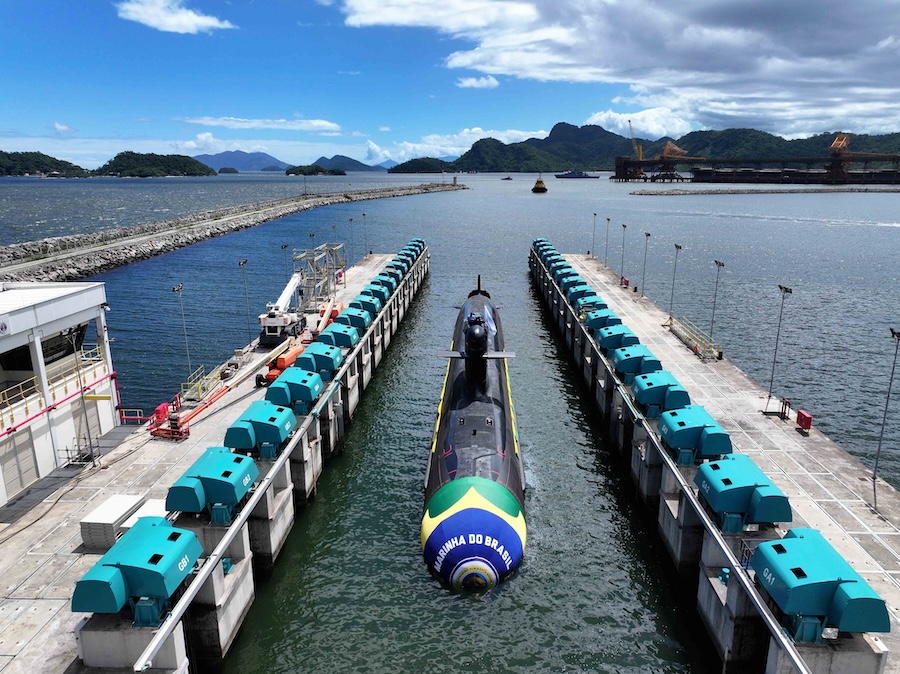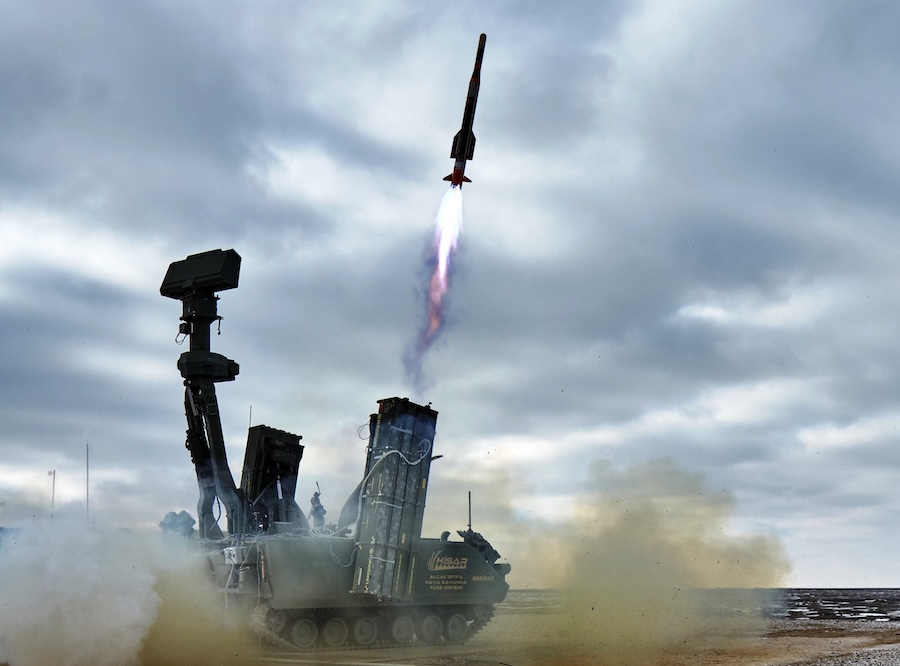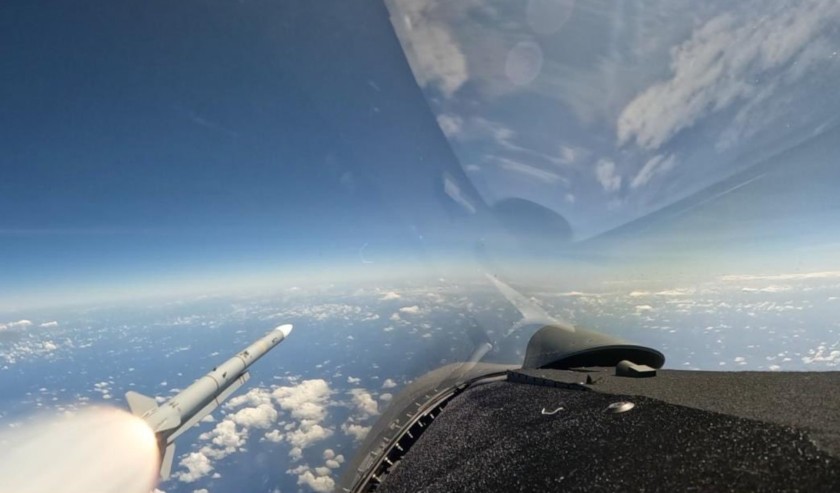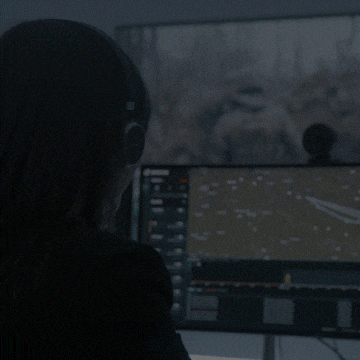Traditional cryptographic methods rely on complex mathematical problems, but quantum computers may eventually solve these problems quickly, putting sensitive data at risk. One advanced solution is quantum key distribution (QKD), which securely shares encryption keys between parties but is currently limited to terrestrial ranges of about 100 kilometres.
To overcome this limitation and enable global coverage, the companies plan to explore QKD via low earth orbit satellites and subsea methods. This will allow ultra-long-distance communication, including transatlantic reach, with increased resistance to quantum computing attacks.
The joint initiative is aimed at organisations handling vast volumes of sensitive data, such as financial institutions, healthcare and pharmaceutical sectors, and government agencies. “Fundamental to the collaboration between Colt, Honeywell and Nokia is a shared passion and determination to push the boundaries of technology to find solutions which safeguard our customers and help them succeed,” said Buddy Bayer, Chief Operating Officer, Colt Technology Services.
Nokia also emphasised the importance of preparation for quantum threats. James Watt, Vice President and General Manager, Optical Networks at Nokia, stated: “Quantum computing brings great promise, but it’s also a potential threat to the encryption models on which society has relied so far.”
Honeywell brings extensive experience in aerospace and communications to the partnership. Lisa Napolitano, Vice President and General Manager, Space, Honeywell Aerospace Technologies, said: “This collaboration represents a significant step forward in securing the future of critical data: designing solutions to enhance resilience, ensuring long-term data security for critical infrastructure and communications systems.”
In preparation for the trial, the companies have released a white paper entitled The Journey to Quantum-Safe Networking, detailing the risks, challenges and potential of quantum cryptography. The document is available to download for further information.



